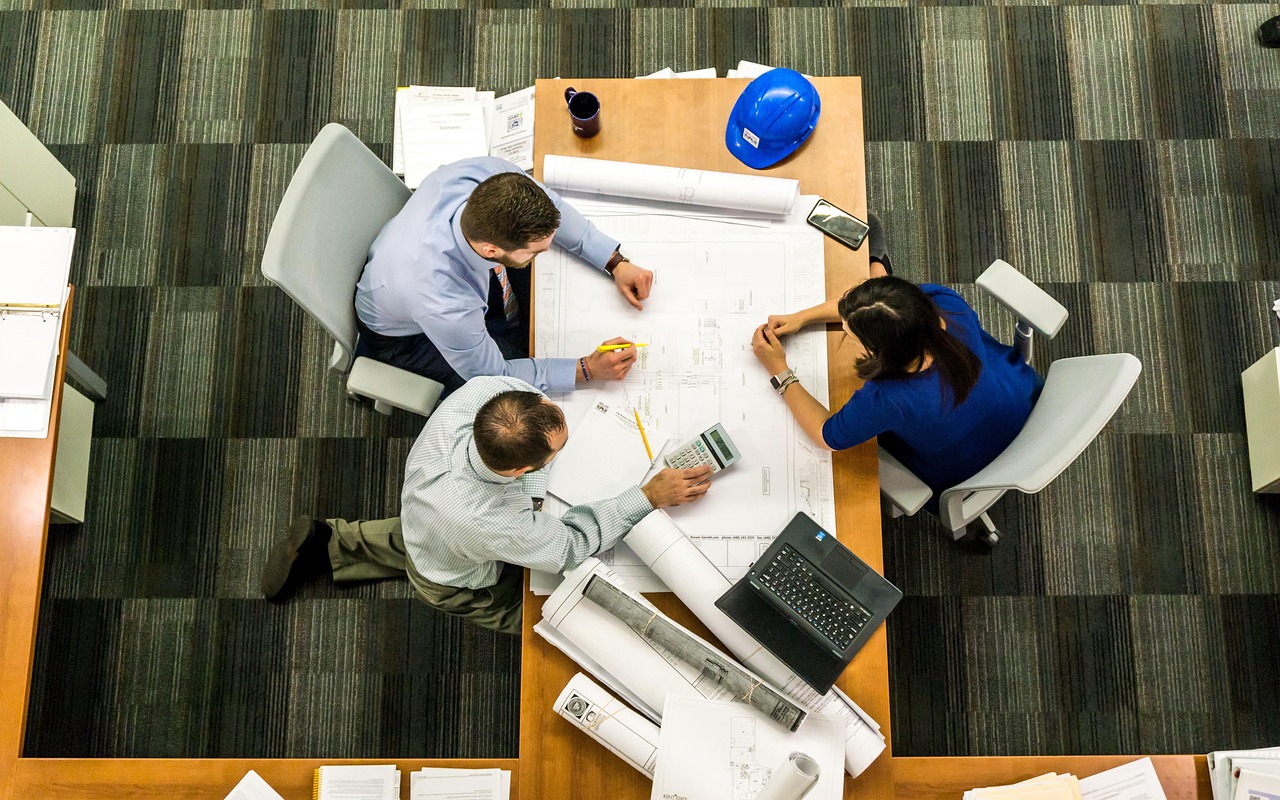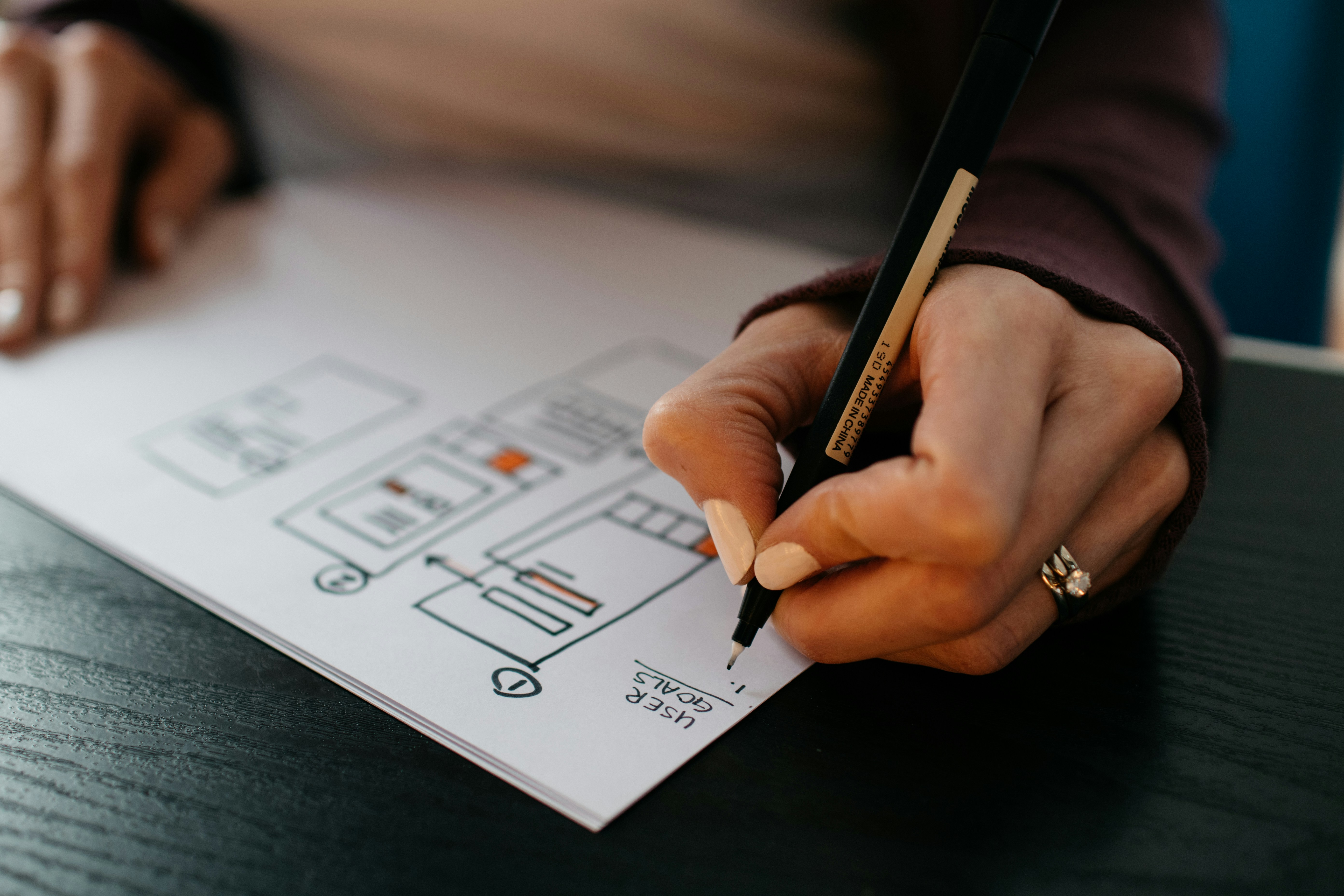Start Early:
The Grant Agreement often sets the frequency and the location of CMs. In-person CMs are typically organised every six or twelve months. While there’s flexibility to change the venue if it serves the project, it’s best to begin planning about six months before. Announce the next meeting’s location and rough date during the previous CM if possible, and follow up with reminders soon after.
Settle on a date as soon as possible:
Use tools like Doodle to check availability, ensuring at least one representative from each partner can attend. Once the date is confirmed, share it as soon as possible so partners can lock it in and plan in advance. Most CMs last one or two days depending on the project’s stage and whether additional activities like field visits or social events are planned with it.
Building the Agenda:
A good agenda reflects where the project currently stands. Every Work Package (WP) should be represented, with more time given to the most active, timely or results-producing ones. Early on, foundational WPs usually dominate; closer to the end, focus shifts to implementation, impact, and exploitation. However it is important to give time for all WPs in the agenda.
Talk to your WP and Task leaders early when developing the agenda. Make space for meaningful discussions, not just for plain reporting. Make the agenda more interactive with roundtables, breakout groups, and co-creation sessions if time allows. And remember, breaks are essential. Your partners will need time to catch up with each other, and to fill up between sessions.
Don’t forget the Info Pack:
Your agenda should be accompanied by a well-rounded information pack. This should explain:
-
Venue location and how to get there (from the airport etc.).
-
Public transport information and tips.
-
Information on local currency.
-
Emergency contact information.
-
Accommodation suggestions.
-
Ideas for things to do while they are at the location outside of the CM (sightseeing suggestions, festivals, events etc.).
Make sure to clarify to partners what’s covered financially during the CM. Usually the venue and lunch, and in most cases the dinner are paid for by the host, while travel and accommodation are covered by the participants. If the CM is hybrid, be sure to include online access links directly in the agenda and the info pack.
Confirm attendance and dietary needs in advance:
About a month before the CM, send around a spreadsheet asking each partner to confirm:
-
Who is attending and on which days from their organisation?
-
Whether they’ll attend the project dinner, field trips, if there are any or any related social event.
-
Any dietary restrictions or food allergies if any.
Getting this information early is crucial for booking the right number of meals, organising transport for field trips, and making sure no one is left out or inconvenienced.
Food:
During your CM, you have a chance to introduce your local cuisine during lunch and the project dinner. For lunch, a simple structure works well: fixed starter and dessert, with two or three main course options. For the project dinner, we offered more variety. For both lunch and dinner, we took our partners to restaurants where they had the opportunity to taste some local dishes.
For example, at our last CM, partners selected their preferred dish in advance from a menu of five options. All meals were adjusted to suit vegetarians, vegans, and those with intolerances. Being mindful of these details leaves a lasting impression.
Field visits and social events:
Field trips and optional sightseeing are a good way to make the partners moving after a long day in the meeting room. But they need careful planning. Secure transportation and local guides in advance if needed. Confirm the timing and coordinate with speakers or hosts at the visit site.
After a long meeting day, some participants may want a short city walk, while others may prefer to rest. Stay flexible and read the group’s energy. In one recent meeting, we wrapped up at 6 PM, and many partners opted for a half-hour walking tour before dinner at 7 pm. Be ready to adapt on the spot. Treat your partners as your guests.
Choosing the right locations:
When selecting the meeting location, lunch venue, or dinner location, choose spots that are close to each other and easy to reach. Avoid forcing people to travel across town between sessions.
Always compare at least three offers and select the best value for money. You don’t need luxury, but the experience should be comfortable and well-organised. Stick to your allocated budget and don’t overspend, but don’t significantly underspend either.
Confirm technical details in advance:
Make sure the meeting room setup matches your agenda. U-shape, classroom, or theatre layouts each serve different purposes. Don’t forget to record who attended the meeting (a simple printed out attendance list will suffice) and ensure you have all necessary equipment (projector, microphones, good Wi-Fi etc.) and brief the venue’s technical staff to support you during the meeting. Work with the catering service to confirm exact break times, headcount, and food preferences. Clarity at this stage prevents last-minute headaches.
Hosting the meeting:
On the day of the CM, greet your partners with a brief welcome. Introduce your organisation and the venue, and explain the day’s structure. Go over the timing of sessions and breaks, and share any details about informal activities.
Stick to the agenda as closely as possible. While it’s important to remain flexible if urgent topics arise, running overtime quickly leads to frustration. A well-paced meeting shows professionalism and respect for everyone’s time. Keep in mind that some partners have to catch a train or a flight, thus good timekeeping is key.
Closing the meeting and next steps:
Wrap up the CM with a summary of discussions, decisions, and next steps. As the coordinator, outline upcoming deliverables, milestones, and the expected timing and location of the next CM.
Help participants with directions to transportation or hotels as they leave. After the meeting, send a follow-up email thanking them for their contributions. Share the meeting minutes or tell them when to expect them.
A successful consortium meeting is about ensuring partners feel informed, valued, and engaged. With clear planning and a flexible approach, CMs can strengthen both project progress and collaboration.





